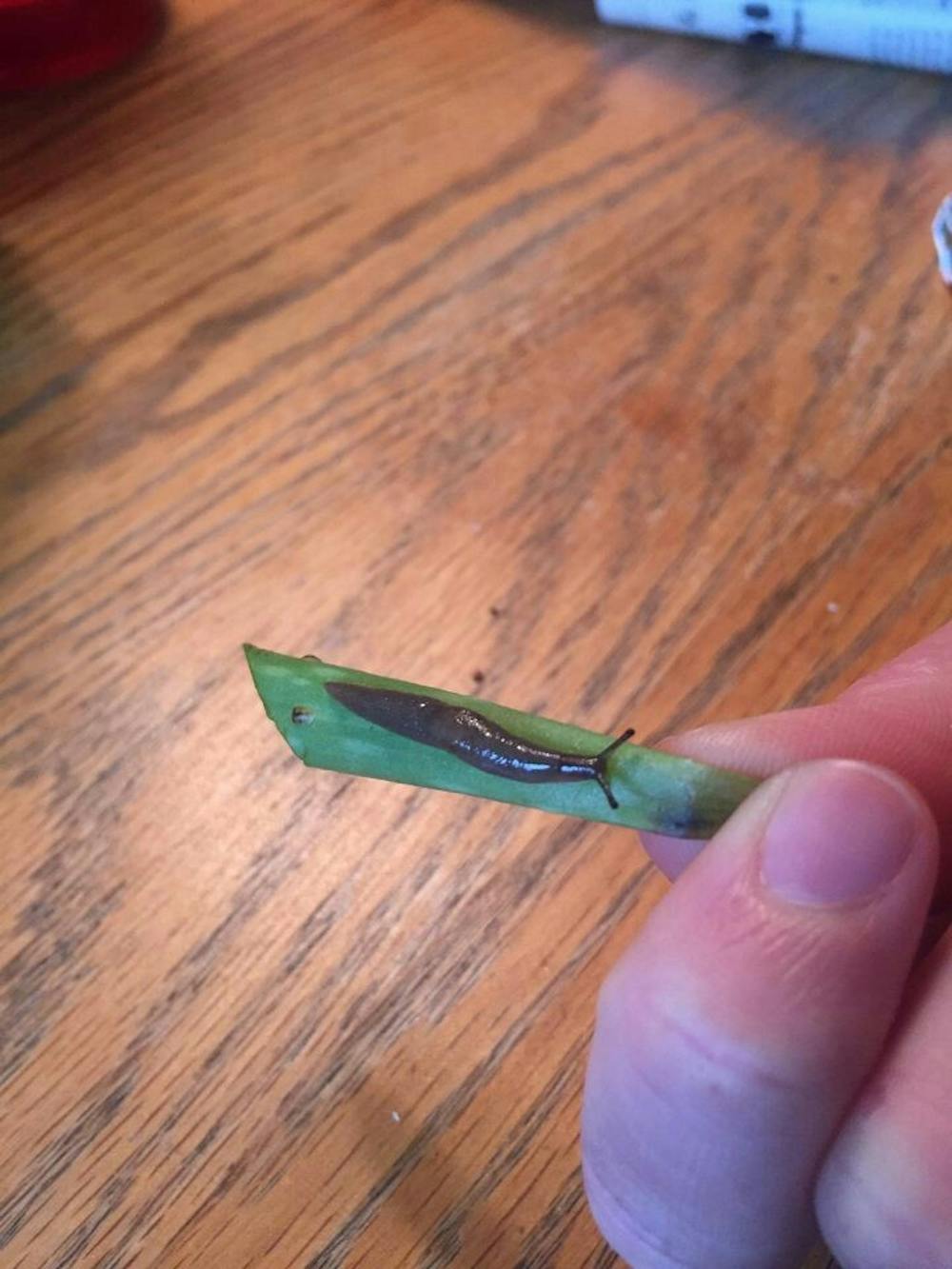Do you ever look at a worm and wonder what it was doing all winter? While the rest of us were suffering through exams and flu season, what were the things that wriggle and crawl doing? Well, wonder no more, for I am about to tell you.
Snails: While in my head the process is reserved solely for bears and college students home for winter break, snails also hibernate. They seal the opening of their shells with mucus, and settle down under leaves and dirt for a long sleep.
Slugs: Slugs are essentially just snails that learned to live without the luxury of a shell. Instead, they often use their slime or mucus as a form of protection. Interestingly some slugs also use this stuff for mating purposes, hanging off of long strings of mucus, almost like spiders do with their webs. And then, suspended in the air, two slugs can mate.
The reason that this slime can stick so well is that it actually acts as a kind of liquid gel, yielding under pressure and staying solid at rest. It is also actually hygroscopic (draws in and holds water). This, however, means that it is not uncommon for some unlucky slugs to freeze during the winter months.
So how do they stay warm? Well, unlike snails, slugs do not hibernate. Some do burrow far underground in order to avoid the cold, but most species have a life cycle that is adapted to skip the unlivable months. This means that for many, egg-laying season is in the autumn, the brood is incubated during the winter and then new slugs emerge in the spring.
Worms: Worms also hibernate during the winter months, often also in a shell of their own slimy excretions. Tunneling deep into the earth, the worm will look for moisture, curl up, cover itself in slime and wait out the cold. It also does something similar during the driest parts of the summer months, waiting out drought in a state called estivation. This fancy term is essentially just the summer equivalent of hibernation, where animals enter a state of dormancy to escape hot or dry spells.
It’s important for a worm to avoid the summer heat, as anyone who’s walked on a sidewalk after a rain knows. With a body that is mostly made up of water, too long in the sun and a worm can literally dry up.
Mosquitoes: Different species of mosquitoes have different methods of surviving the winter months. Some act the same as slugs, laying their eggs in the fall to hatch in the spring. However, others will actually hibernate through the winter months.
These hibernating mosquitoes will perform what is referred to within elite scientific communities as the “hibernation squat.” Essentially, the mosquitoes will splay their legs out to get their bodies close to the surfaces they’re resting on.
It’s theorized that this helps them absorb as much heat as possible from these surfaces, since they can’t produce body heat on their own. Before their hibernation starts, however, mosquitoes must bulk up, exchanging their infamous thirst for blood for something a little more refined: a sweet tooth.
In order to pack on the pounds before winter, hibernating mosquitoes will start drinking from slightly more sugary sources than college kids day drinking on the Beach. Instead they will partake in rotting fruit or nectar and can even double their weight during this time.





